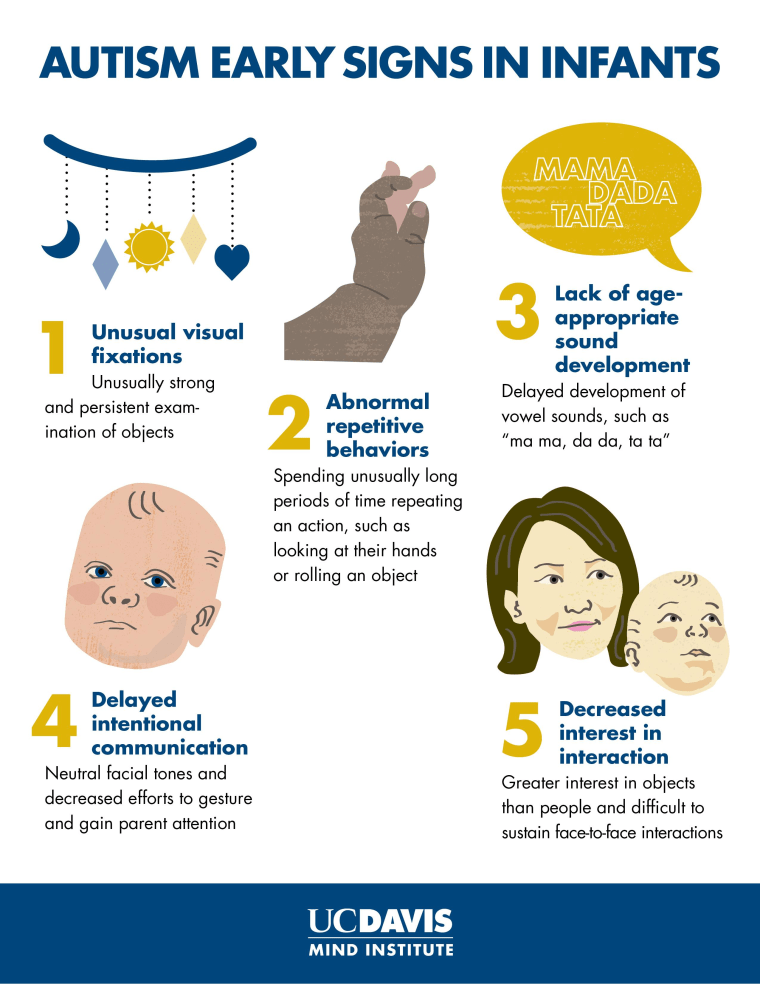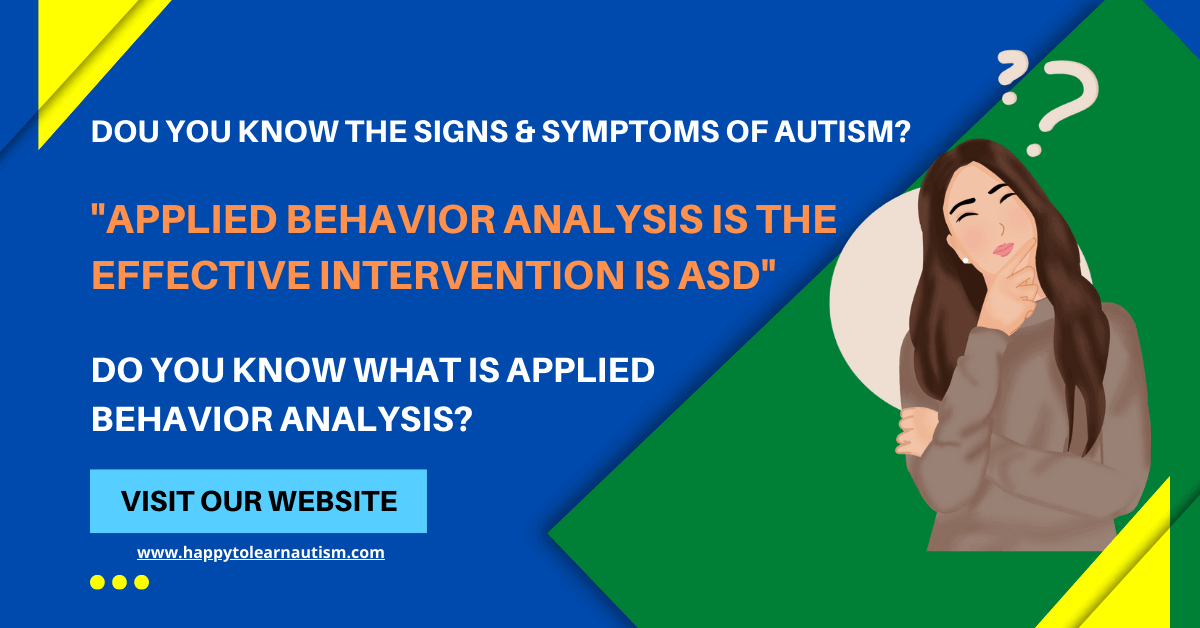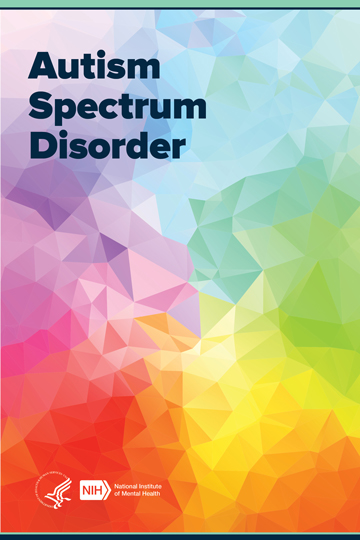Creating strong social bonds with help from an Autism Therapist
Creating strong social bonds with help from an Autism Therapist
Blog Article
Understanding the Impact of Behavioral Autism on Daily Life and Social Interactions
You might not recognize just how deeply behavior autism impacts daily life and social communications. People on the range commonly navigate a world filled with communication obstacles and sensory overload. These challenges can lead to irritation and seclusion, impacting their connections and total health.
Defining Behavioral Autism and Its Features
Behavioral autism, usually referred to as autism range condition (ASD), encompasses an array of conditions identified by challenges in social interaction, interaction, and repeated behaviors. You may discover that people with ASD often have a hard time to interpret social hints, which can lead to misconceptions in conversations. They might find it tough to develop eye call or participate in little talk, making social scenarios really feel overwhelming.
Communication difficulties can materialize in different means, from postponed speech growth to a choice for using fewer words. By identifying these characteristics, you can promote a setting that advertises approval and motivates effective communication, helping people with autism grow in their day-to-day interactions.
The Spectrum of Autism: Understanding Variability in Behavior
Autism spectrum disorder (ASD) isn't a one-size-fits-all diagnosis; it varies extensively among individuals. You may see that some individuals with ASD display mild signs, while others might encounter more significant challenges. This variability can manifest in behaviors, interests, and sensory level of sensitivities. You may experience individuals that are very spoken and engage easily in discussions, while others could favor singular activities or communicate non-verbally.
Moreover, the way people with ASD reply to sensory input can vary greatly; some could be bewildered by loud noises or bright lights, whereas others flourish in stimulating settings. The spectrum additionally includes differences in social communications; some people might have a hard time to analyze social signs, while others browse social settings with relative simplicity. Understanding this irregularity is essential, as it assists you appreciate each person's unique experience and dressmaker assistance to their certain demands, cultivating an extra inclusive atmosphere for every person.
Communication Obstacles Dealt With by People With Autism
When you communicate with people on the autism spectrum, you may see their distinct communication obstacles. They commonly face problems with both spoken and nonverbal hints, which can influence their social interactions. Recognizing these obstacles is necessary for cultivating better connections and support.

Verbal Interaction Problems
Several individuals on the autism spectrum experience verbal interaction troubles that can significantly influence their everyday communications. You might locate it challenging to share your thoughts, sensations, or requires clearly. This can result in frustration for both you and those around you, as misunderstandings take place. You may struggle with starting conversations, maintaining a topic, or comprehending nuances in speech. Usually, you might like utilizing straightforward language or recurring expressions, which can restrict your capability to engage in much deeper discussions. Your speed, quantity, or tone could not align with social expectations, causing others to misunderstand your purposes. Identifying these challenges can help you and your support network develop strategies to improve communication and foster better connections with others in your day-to-day live.
Nonverbal Interaction Obstacles
Spoken communication isn't the only obstacle individuals on the autism spectrum face; nonverbal interaction barriers can be equally as substantial. You may find it difficult to analyze body language, facial expressions, and eye get in touch with, which are crucial for reliable communication. These challenges can result in misunderstandings or misconceptions of social signs, making interactions feel overwhelming or complicated. You might have a hard time to share your own feelings with nonverbal methods, leaving others not sure of your sensations or purposes. This separate can create feelings of seclusion and frustration. Acknowledging these barriers is vital for fostering understanding and empathy in your communications. By resolving nonverbal communication, you can locate techniques to boost your social experiences and boost your general lifestyle.
Social Communication Impacts
Social interactions can frequently really feel frustrating as a result of the special interaction difficulties faced by people with autism. You may battle with analyzing social hints, making it difficult to comprehend mockery or body movement. This can bring about misconceptions or uncomfortable moments in conversations. Furthermore, initiating and maintaining conversations might really feel tough, creating anxiety in social circumstances. You might prefer structured environments, making spontaneous communications uncomfortable. It's this content additionally usual to experience trouble in taking part in small talk, which can hinder creating new friendships. Recognizing these challenges can aid you locate approaches to boost communication, such as practicing social abilities in secure settings or utilizing visual aids - Autism Therapist. Understanding your needs permits you to browse social interactions with higher confidence and simplicity.
Social Interaction and Partnership Building in Autism
While structure relationships can be testing for individuals with autism, recognizing their distinct perspectives and interaction styles can promote significant links. You might see that lots of people on the spectrum favor direct communication and may deal with social cues or small talk. By being straightforward in your communications, you can help produce a setting where they really feel comfortable.
Engaging in shared passions can likewise offer as a bridge to much deeper connections. Whether it's a leisure activity, a favorite show, or a mutual enthusiasm, these typical strings can open up doors to relationship.
Daily Life Routine: Browsing Techniques and challenges
Navigating every day life routines can be specifically challenging for people with autism, specifically when unexpected changes happen. You could find convenience in having a structured timetable, as it helps you expect what's next. It's typical to feel overloaded or nervous when interruptions occur. To navigate these difficulties, consider applying aesthetic timetables or checklists. These devices can offer clarity and reassurance.
Developing a regimen that includes sensory breaks can additionally be helpful. This assists create an understanding setting.
Last but not least, technique mindfulness techniques to handle stress and anxiousness. Straightforward breathing exercises or basing methods can make a substantial distinction. By including these approaches, you can enhance your daily routine and minimize disruptions, making life really feel much more convenient.
Staminas and Abilities of Individuals on the Autism Range
Comprehending daily life routines is simply one facet of the autism experience. Many people on the autism range have impressive toughness and abilities that establish them apart. You might discover that your focus to detail is exceptional, allowing you to stand out in tasks that need accuracy and focus. Your capacity to think outside package can bring about cutting-edge solutions in different situations.
Moreover, your memory abilities commonly shine, especially in locations of passion. Aba Therapist Near Me. This flair for retaining info can make you a valuable source in fields like art, science, or technology. You might additionally show solid aesthetic thinking, allowing you to envision complex principles and fix troubles artistically
In addition, your special viewpoint on the globe can promote compassion and understanding in others, enriching social interactions. Welcoming these strengths not only enhances your confidence but additionally helps others value the varied abilities you offer the table.
Creating Comprehensive Settings for People With Autism
Producing inclusive settings for individuals with autism starts with designing sensory-friendly spaces that accommodate their distinct needs. You can also foster chances for social interaction, aiding to build friendships and links. By making these modifications, you'll add to a more welcoming ambience for everybody.
Designing Sensory-Friendly Spaces
While creating sensory-friendly spaces, it's important to mirror on the find this one-of-a-kind demands of individuals with autism. Beginning by choosing relaxing shades and soft illumination to develop a calming atmosphere. When bewildered, incorporate peaceful zones where individuals can recharge and retreat. You'll intend to minimize loud sounds and diversions, utilizing soundproof products or white noise equipments to aid preserve harmony. Take into consideration tactile aspects like soft materials or fidget-friendly items that can supply comfort. Ascertain that rooms are flexible, allowing for simple reformation to accommodate various tasks. Lastly, consist of visual routines or clear signage to aid individuals browse the space confidently. By thoughtfully integrating these aspects, you can produce a welcoming ambience that sustains sensory needs and promotes overall health.
Promoting Social Interaction Opportunities
Designing sensory-friendly spaces not just addresses private convenience but additionally sets the phase for meaningful social communications amongst people with autism. Urge peer mentoring, pairing people with autism with encouraging peers who can direct them through social circumstances. By applying these strategies, original site you can improve social opportunities, assisting people with autism develop friendships and reinforce their social abilities in a safe, welcoming atmosphere.

Regularly Asked Inquiries
How Can Pals Support Somebody With Behavioral Autism?
You can sustain a pal with behavior autism by holding your horses, paying attention actively, and appreciating their limits. Participate in tasks they enjoy, interact honestly, and produce a comfortable atmosphere where they feel valued and understood.
What Resources Are Available for Parents of Children With Autism?
You can check out various resources for parents of kids with autism, consisting of support groups, educational web sites, and neighborhood social work. Linking with various other parents can additionally offer valuable insights and shared experiences to assist browse obstacles.
Can Behavioral Autism Modification Gradually?

Yes, behavior autism can transform in time. You may discover changes in interaction, social skills, and behavior as your youngster expands. Early intervention and assistance frequently play essential roles in these developing adjustments.
Exactly How Do Sensory Level Of Sensitivities Affect Every Day Life?
Sensory level of sensitivities can make daily experiences frustrating. You could fight with loud noises or brilliant lights, leading to tension or avoidance. Finding environments that suit your requirements can substantially boost your convenience and overall day-to-day live.
What Are Typical Misconceptions Concerning Behavioral Autism?
You might believe behavioral autism just influences communication abilities, yet it's even more complex. Lots of think people do not have empathy or knowledge, which isn't true. Comprehending these false impressions helps foster approval and assistance for those on the spectrum.
Behavioral autism, usually referred to as autism range disorder (ASD), includes a range of conditions identified by challenges in social communication, communication, and recurring behaviors.Social interactions can often feel frustrating due to the one-of-a-kind communication obstacles faced by people with autism.Designing sensory-friendly areas not only addresses individual convenience but also sets the stage for purposeful social interactions among people with autism. Motivate peer mentoring, pairing people with autism with helpful peers that can guide them through social situations. By executing these approaches, you can boost social chances, helping individuals with autism construct friendships and reinforce their social skills in a secure, inviting environment.
Report this page